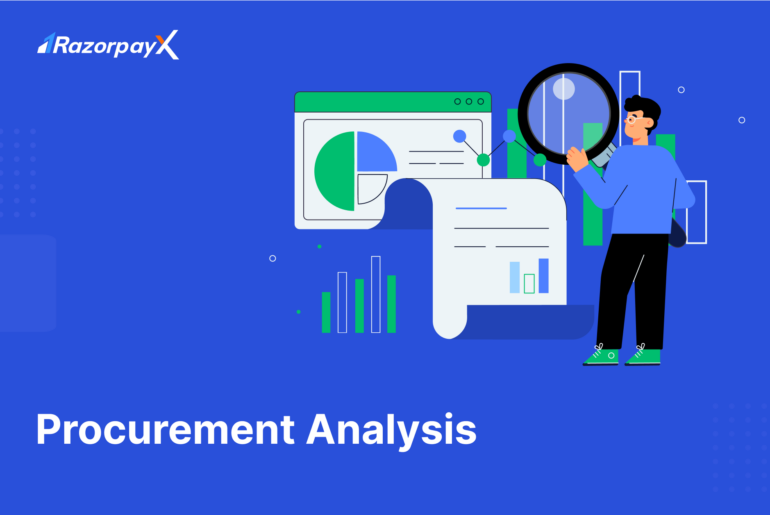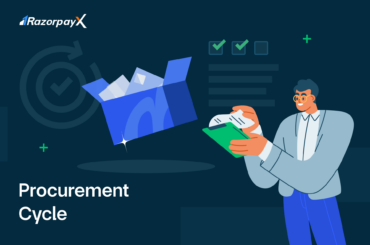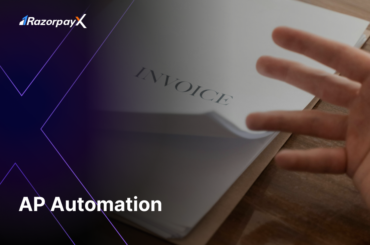What is Procurement Analytics?
Procurement analytics is the process of collecting information on business purchases to identify trends, potential cost savings, and areas for improvement in procurement processes.
By using procurement analytics, businesses can gain valuable insights into their spending habits. This helps them negotiate better deals with suppliers, identify areas to consolidate spending and reduce overall procurement costs. In short, procurement analytics is a powerful tool that uses data to make smarter procurement decisions.
Procurement analytics and automation should be a part of every business’s overall procurement strategy. The first step to this is to start using robust procurement automation software like RazorpayX Source to Pay.
Benefits of Using Analytics for Procurement Strategy
Traditionally, procurement decisions relied on instinct and experience. Today, businesses are turning to a more powerful tool: data analytics.
The insights from the analysis of procurement data provide organization-wide, cross-functional benefits:
Read more: Procurement Software
- Cost savings by identifying areas where spending can be consolidated, allowing for better negotiation leverage with suppliers. Additionally, it helps control unauthorized, hidden costs.
- Timely, accurate and informed decision making thanks to data-driven insights. Businesses can anticipate future needs and market fluctuations by analysing historical data and identifying trends.
- Mitigate potential risks within the supply chain by shedding light on supplier performance and weeding out the low-performing vendors.
Read more: Procurement
Types of Procurement Analytics
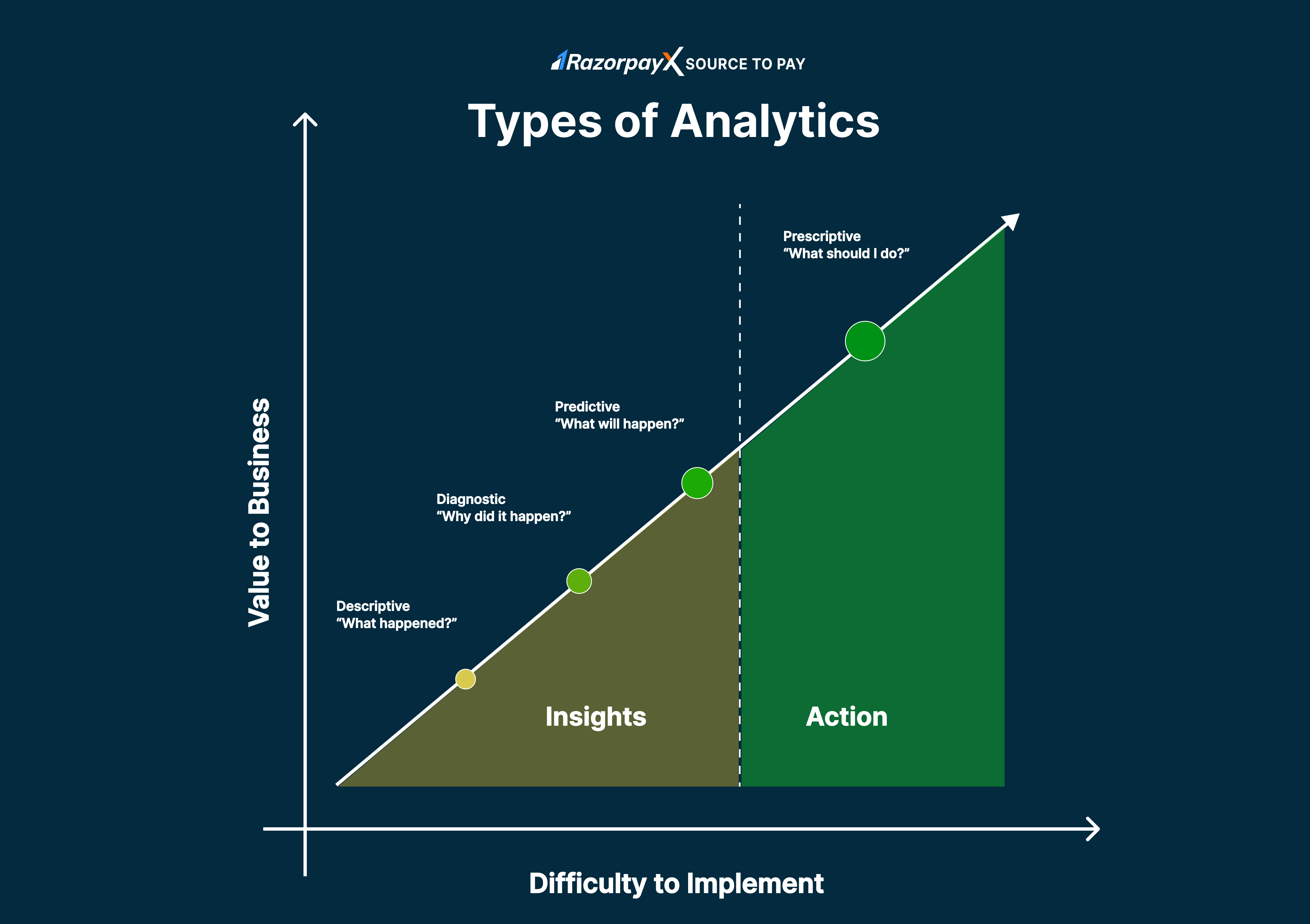 There are 4 major types of procurement analytics. All businesses need a combination of the four for a holistic understanding of the supply chain.
There are 4 major types of procurement analytics. All businesses need a combination of the four for a holistic understanding of the supply chain.
Descriptive Analytics
Descriptive analytics is the process of summarizing past buying activities to understand what was purchased, from whom, and for how much. It helps understand the current landscape of the business’s supply chain.
Descriptive analytics is done by analyzing historical purchases’ requisitions, purchase orders, invoices, GRN, tax receipts, and more. Data like item descriptions, quantities purchased, vendor names, and total costs are extracted and put into elaborate graphs and visualizations to help understand spending.
When the procurement process is manual, this analysis is very tedious – it involves hunting through endless papers and books. But for businesses with digital processes, this analysis is just a click away. With solutions like RazorpayX Source to Pay, automating and digitizing your procurement process has never been easier.
Diagnostic Analytics
Diagnostic analysis is analysing procurement data to understand the root cause of a problem or situation that occurred in the past. For example, if a certain vendor fails to provide required goods on time, leading to a disruption in business operations, you can conduct a diagnostic analysis to understand why the disruption happened, and ways to mitigate such risks.
The first step in diagnostic analytics is to identify the norm and deviations from the norm. By analyzing historical data on delivery times from this vendor, you can establish a baseline “norm” for on-time deliveries from which you can identify the extent of the recent deviations from this norm.
The ultimate goal of diagnostic analytics is to identify the root cause of the deviations. This could be anything from negotiating better deals with suppliers to streamlining internal approval processes. By understanding the root cause, you can take corrective actions to prevent similar issues in the future.
Predictive Analysis
Predictive analysis is used to predict future trends in the supply chain by analysing patterns in procurement data. With insights from historical data, predictive analytics can forecast future needs for goods and services.
For example, predictive analysis could help a bakery establish an increase in demand for plum cakes during the Christmas season, and arrange for extra raw materials from vendors during that time to keep up with demand.
Predictive analytics transforms procurement from a reactive to a proactive approach. It empowers you to make data-driven decisions that optimize your spending, minimize risks, and ensure your organization has the resources it needs to thrive in the future.
Prescriptive Analytics
Prescriptive analytics in procurement is the use of data and simulations to recommend the optimal course of action for different buying scenarios.
It is more complex than the other forms of procurement analytics and requires technical know-how since it utilizes complex algorithms and machine learning to create simulations of different procurement scenarios. This could involve factors like changes in supplier pricing, fluctuations in demand, or potential disruptions in the supply chain.
Where Does Procurement Data Come From?
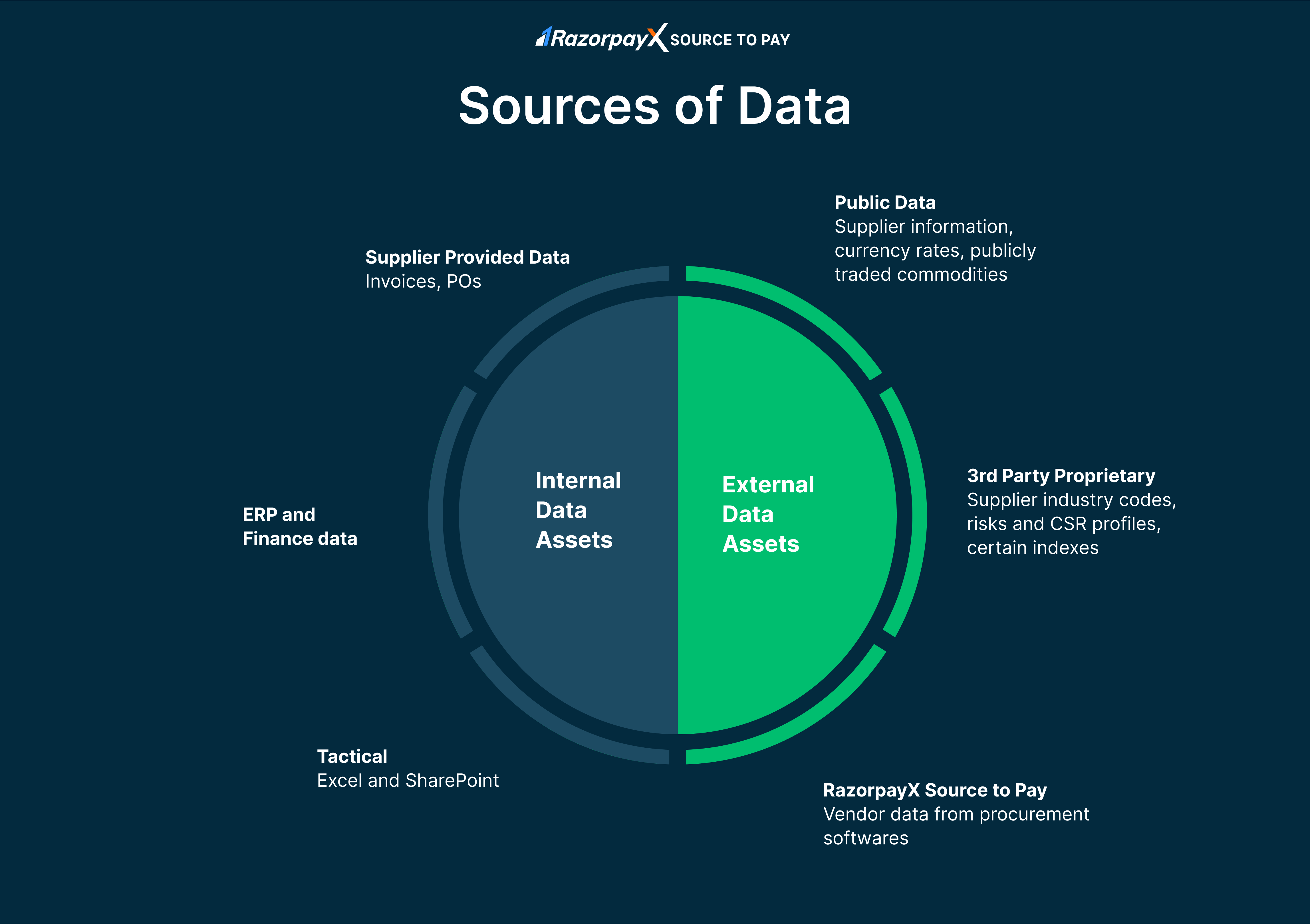 Data is the most important element in procurement analytics. Without data, there can be no analysis. But where does procurement data come from? Here’s a breakdown of the key sources:
Data is the most important element in procurement analytics. Without data, there can be no analysis. But where does procurement data come from? Here’s a breakdown of the key sources:
Internal Systems:
-
Enterprise Resource Planning (ERP) Systems: These act as the central nervous system, housing a wealth of procurement data. Information on purchase orders, invoices, supplier details, and spending history all reside here.
Does your business have a robust digital procurement solution?
Check out RazorpayX Source to Pay
-
Accounting Solutions: Financial data plays a vital role. Accounting systems provide details on actual spend amounts, categorizing them for easy analysis. This helps identify areas of high spending and potential cost savings.
-
Supplier Relationship Management (SRM) Systems: These systems store valuable information about your suppliers, including performance metrics like on-time delivery rates and quality control scores. This data is crucial for evaluating supplier performance and identifying potential risks.
-
Contract Management Solutions: Contracts with suppliers often contain details about pricing, lead times, and other critical terms. Contract management systems house this information, allowing you to analyze pricing trends and ensure you’re getting the best deals.
-
Other Internal Sources: Data can also come from less obvious sources like email communication with suppliers, internal purchase requests, and even employee expense reports. By integrating this data, you can get a more holistic view of your procurement activities.
External Sources:
-
Market Research Reports: Industry reports and market data can provide insights into future price trends, supplier capabilities, and emerging technologies. This helps you stay ahead of the curve and make informed decisions.
-
Supplier Data Feeds: Many suppliers offer electronic data feeds containing real-time inventory levels, pricing updates, and product specifications. This allows for more dynamic and data-driven procurement decisions.
Use Cases of Procurement Analytics
-
Spend Analysis and Cost Management: Procurement analytics shines light on business spending habits by analyzing historical data. With this understanding, management can curb unnecessary spending or optimize supply chains to reduce costs.
-
Risk Management and Mitigation: The global supply chain can be unpredictable. Procurement analytics helps identify potential risks associated with suppliers, such as dependence on a single source or political instability in a sourcing region. With this knowledge, businesses can develop mitigation strategies like diversifying the supplier base or securing backup options.
- Supplier Relationship Optimization: Building strong relationships with key suppliers is crucial. Procurement analytics helps identify opportunities for collaboration with suppliers, such as joint cost-reduction initiatives or streamlined communication channels. This fosters a win-win situation for both parties.
-
Demand Forecasting: Anticipating future needs is critical. Procurement analytics helps forecast demand for goods and services based on historical data and market trends. This allows optimal inventory levels, no stockouts, and the best pricing through early negotiations.
Do you have a digital-first approach to procurement, or will you have to go through the tedious manual route for your procurement analytics?
RazorpayX Source to Pay is an industry-first approach to digital, automated supply chain management. From budgeting and spend management to automated bulk vendor payments, this is a centralized dashboard for your entire procurement process.
Sign up to speak with our procurement experts on how you can use RazorpayX Source to Pay to make your vendor management the best its ever been.

